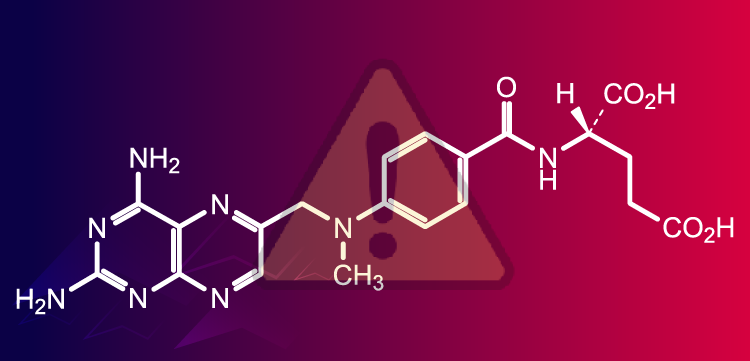
New Research on HER2-Positive Breast Cancer
Dr. Gianni has been involved with new drug therapies in medical oncology for some time, and in this interview he discusses the changing use of breast cancer treatments, neoadjuvant regimens, and research and developments on HER2-positive breast cancer.
Dr. Luca Gianni, director of medical oncology and coordinator of the New Treatments' Development Programme at the Istituto Nazionale Tumori, Milano, Italy, and the 2011 recipient of the Gianni Bonadonna Breast Cancer Award for his achievements in advancing the field of breast cancer research.
Dr. Gianni has been involved with new drug therapies in medical oncology for some time, and in this interview he discusses the changing use of breast cancer treatments, neoadjuvant regimens, and research and developments on HER2-positive breast cancer.
Newsletter
Stay up to date on recent advances in the multidisciplinary approach to cancer.
















































































